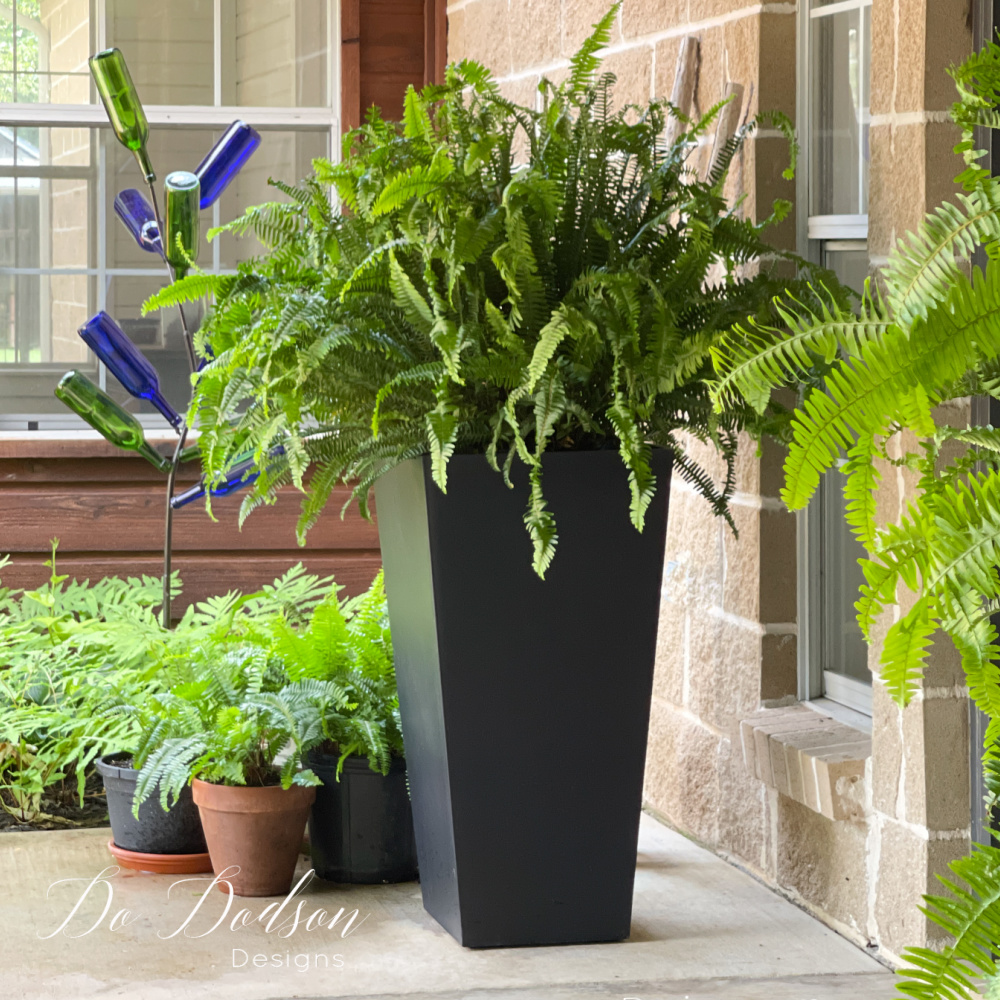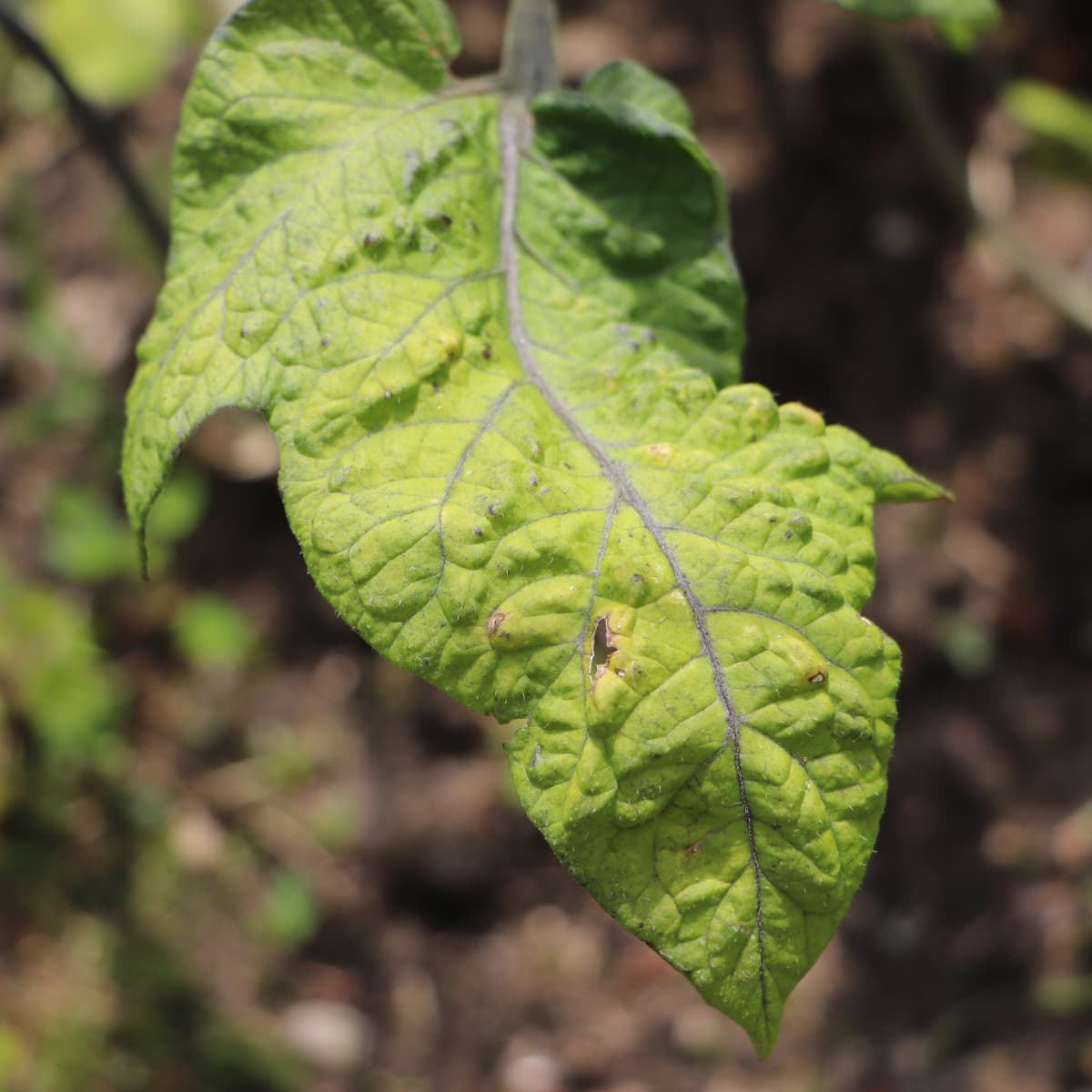Find Out About the Certain Plants That Are Negatively Impacted by Epsom Salt Application
Epsom salt, a preferred family treatment for different horticulture problems, is commonly applauded for its useful impacts on plant growth. Recognizing the details plants that can be detrimentally affected by Epsom salt is vital for any type of gardener looking to enhance their plant treatment regimen.
Roses

Roses, especially sensitive to adjustments in their atmosphere, can be adversely impacted by the application of Epsom salt. While Epsom salt is generally made use of as a plant food to promote plant development and enhance flowering, roses are one of the plants that do not respond well to its application. The high magnesium material in Epsom salt can conflict with the uptake of other essential nutrients by the rose plants, resulting in deficiencies that manifest as yellowing leaves or stunted development.

Tomatoes
While Epsom salt is often promoted as a remedy for numerous plant concerns, consisting of bloom end rot in tomatoes, its application can lead to harmful outcomes if not made use of deliberately. Too much Epsom salt, which is magnesium sulfate, can interfere with the delicate nutrient equilibrium needed by tomatoes, potentially leading to shortages in other essential nutrients like calcium. When considering the usage of Epsom salt on tomatoes, it is vital to adhere to suggested application rates and soil screening to protect against unintentional repercussions on the general health and wellness and productivity of these beloved yard plants.
Peppers
Peppers, prized for their various colors and levels of spiciness, can show susceptibility to unfavorable impacts from Epsom salt when not applied with care and factor to consider for their details nutritional demands. what plants don't like epsom salt. Peppers, belonging to the Solanaceae family, require a fragile equilibrium of nutrients to prosper. While Epsom salt is understood to improve magnesium levels in plants, excessive application can disrupt this equilibrium, leading to adverse impacts on pepper plants
When peppers are revealed to high levels of magnesium from Epsom salt, it can hinder the plant's capacity to soak up various other vital nutrients like calcium and potassium. This imbalance read might manifest in symptoms such as leaf discoloration, stunted development, and minimized fruit manufacturing. Furthermore, the excessive magnesium can change the soil pH, further aggravating nutrient uptake problems for peppers.

Rhododendrons
Offered the level of sensitivity of particular plant varieties to discrepancies caused by Epsom salt, it is crucial to take into consideration the effect on Rhododendrons, which also require particular nutrient levels to prosper. Rhododendrons are acid-loving plants that favor acidic dirt problems with a pH array in between 4.5 and 6.0. Epsom salt, chemically called magnesium sulfate, can modify the dirt pH and disrupt the fragile balance of nutrients crucial for Rhododendron health.

To preserve the ideal development and health of Rhododendrons, it is critical to avoid the indiscriminate usage of Epsom salt and instead concentrate on offering the certain acidic dirt problems and nutrients that these plants need for thriving.
Azaleas
These prominent flowering plants are usually discovered in gardens, landscapes, and parks due to their elegance and versatility. While Epsom salt is commonly used as a solution for magnesium shortage in plants, its application to azaleas can have unfavorable impacts.
Azaleas favor a little acidic dirt problems, and an my response extra of magnesium from Epsom salt can disrupt this balance, leading to nutrient discrepancies and possible poisoning concerns. The incorrect application of Epsom salt can result in stunted growth, yellowing of fallen leaves, and overall decrease in the wellness of azaleas.
Final Thought
To conclude, it is crucial to be knowledgeable about the specific plants that can be adversely impacted by the application of Epsom salt. Roses, tomatoes, rhododendrons, peppers, and azaleas are some examples of plants that might not benefit from Epsom salt and might even suffer injury. It is essential to study and comprehend the demands of each plant types prior to making use of Epsom salt as a plant food to guarantee their health and well-being.
Understanding the particular plants that can be adversely impacted by Epsom salt is important for any kind of garden enthusiast looking to maximize their plant treatment routine. While Epsom salt is generally made use of as a fertilizer to promote plant growth and improve flowering, roses are one of the plants that do not respond well to its application.Extreme use of Epsom salt can also result in an accumulation of salts in the soil, leading to root damage and dehydration of the rose plants. While Epsom salt is known to boost magnesium degrees in plants, too much application can interrupt this equilibrium, leading to damaging results on pepper plants.
The high salt web content in Epsom salt can additionally dehydrate Rhododendron roots, creating further stress and anxiety and damages to the plant. (what plants don't like epsom salt)